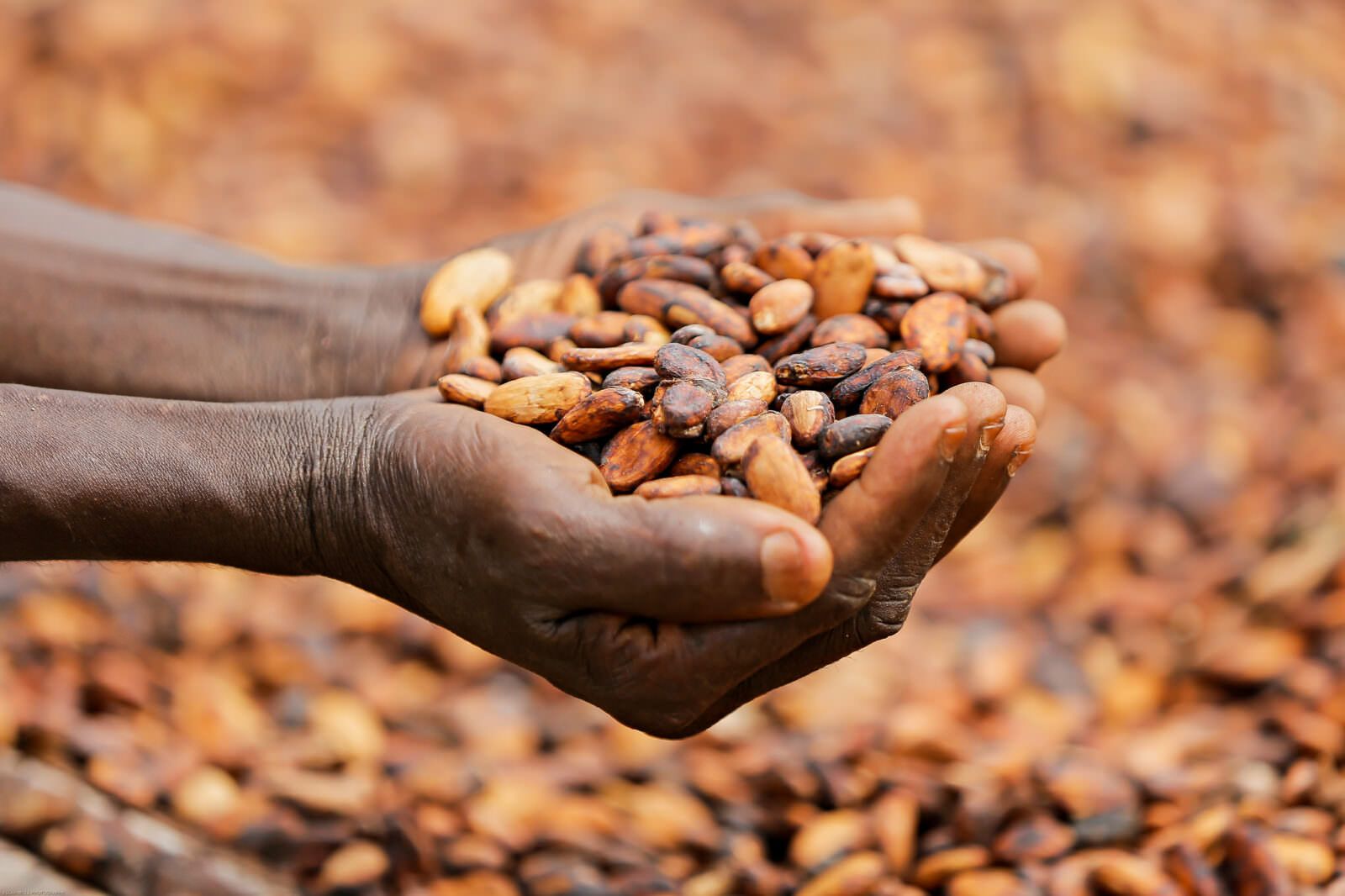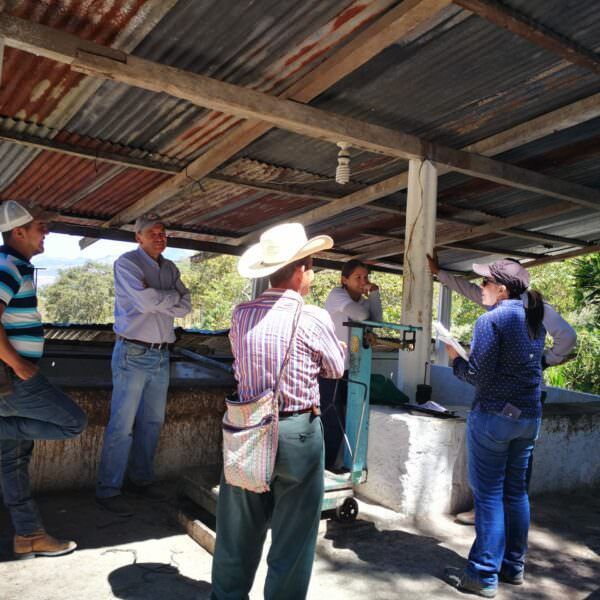The Rainforest Alliance is transitioning all cocoa traceability to our new digital platform MultiTrace.
The MultiTrace platform provides farmers and companies with more efficiency and transparency. It supports them in the implementation of our new 2020 Certification Program and facilitates high-level reporting for their internal management and external communication.
MultiTrace supports a new and improved way of working between the Rainforest Alliance, farmers, and companies. Farmers and companies will have a single transactional system to record all purchases, sales, and conversions of Rainforest Alliance cocoa. The platform provides users with more information, tailored guidance, and a centralized system.
With the implementation of Full Mutual Recognition, the original program (UTZ or Rainforest Alliance) is no longer visible in the system, and all cocoa certified under either program is treated the same way, further simplifying the administrative process.
Our vision for traceability
Our vision is to create a link between volumes from individual farms and the final claim being made.
We aim to make full traceability possible from farm to final product, while allowing for flexibility to use the traceability level that best suits specific supply chains within our program (IP, MIX IP, SG, MB). This includes the launch of Origin Matching Mass Balance, which we see as the evolution and necessary next step in mass balance.
Traceability and MultiTrace platform
Traceability in MultiTrace brings a number of benefits to farmers and companies:
- Farmers and companies have a single system in which to record all purchases, sales and conversions of Rainforest Alliance certified cocoa, giving users a more efficient and effective mechanisms to meet the requirements of the Rainforest Alliance 2020 Sustainable Agriculture Standard.
- MultiTrace facilitates high-level reporting for internal management and external communication.
- Companies can identify areas of risks or opportunities in the production of their raw materials. They can then work with the Rainforest Alliance to develop and implement programs at origin. This will allow them to deliver improvements and communicate about them publicly.
How does traceability in MultiTrace support the 2020 Certification Program and related innovations?
End-to-end traceability helps enable the following innovations:




